Home

Vaginal Dilator: Learn its Types & How To Use It?
In this Article
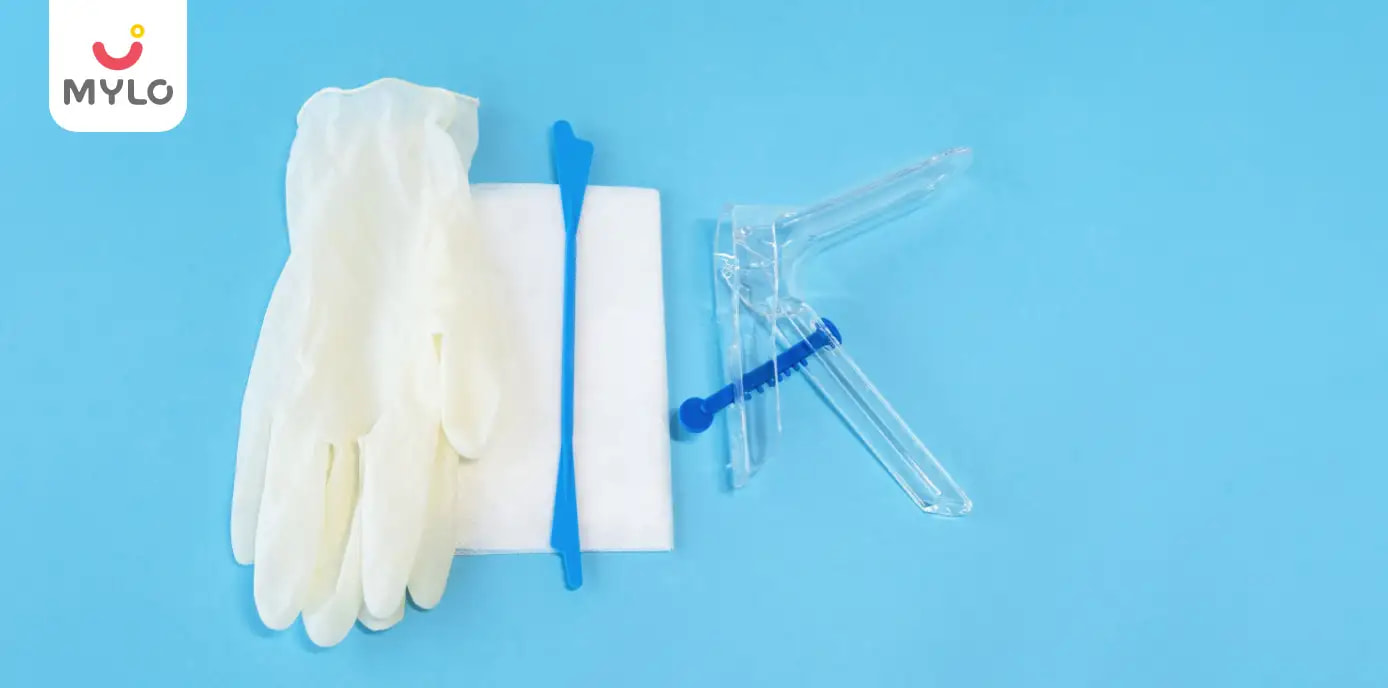
Pregnancy
Vaginal Dilator: Learn its Types & How To Use It?
Updated on 28 April 2023
Have you ever experienced discomfort, pain, or difficulty with vaginal penetration at some point in your life, whether due to medical conditions, surgery, or other factors? A vaginal dilator can help address these issues. In this article, we will learn its types and how to use it.
What is a vaginal dilator?
Vaginal dilators are medical devices designed to help address these issues by gradually stretching and relaxing the vaginal muscles and tissues.
Several different types of vaginal dilators are available, each designed to suit different needs and preferences. Some are made of silicone or plastic and come in various sizes, while others are inflatable and can be adjusted to different diameters. Some dilators are curved or tapered to help with insertion, while others are straight and cylindrical.
What problems might be helped by vaginal dilators?
Vaginal dilators are designed to help with various vaginal health and function issues. Here are some of the problems that vaginal dilators may help with:
-
Vaginismus: This condition is characterized by involuntary muscle spasms that make inserting anything into the vagina difficult or impossible.
-
Vaginal atrophy: This is common when the vaginal tissues become thin and dry due to decreased estrogen levels, typically after menopause. Vaginal dilators can help maintain or restore vaginal elasticity and lubrication.
-
Pelvic pain: Vaginal dilators may be helpful for women who experience pelvic pain during intercourse or other activities.
-
Radiation therapy or surgery: Women who have undergone radiation therapy or surgery for gynecological cancers may experience scarring or narrowing of the vagina. Vaginal dilators can help prevent or alleviate these issues by maintaining vaginal elasticity and preventing adhesions.
Which vaginal dilators are the best for me?
The type of vaginal dilator that is best for you will depend on your individual needs and preferences and any medical conditions or concerns you may have. Here are some factors to consider when choosing a vaginal dilator:
-
Material: Vaginal dilators are typically made of silicone, plastic, or rubber. Silicone dilators are typically more expensive but softer and more comfortable. Plastic or rubber dilators are generally less expensive but may be more rigid and less flexible.
-
Size: Vaginal dilators come in various sizes, from small to large. It is essential to start with a comfortable size and gradually work your way up to larger sizes as your vaginal muscles become more relaxed and elastic.
-
Shape: Some vaginal dilators are straight and cylindrical, while others are tapered or curved to help with insertion. Consider which shape is most comfortable and easiest to use for you.
-
Adjustable: Some vaginal dilators are adjustable, meaning they can be inflated or adjusted to different diameters.
What is the proper way to use vaginal dilators?
Using vaginal dilators properly can help you achieve the best results and minimize discomfort or injury. Here are some general guidelines for using vaginal dilators safely and effectively:
-
Wash your hands and the dilator with warm water and mild soap before use.
-
Apply a water-based lubricant to the dilator and the entrance to your vagina to make insertion more comfortable.
-
Find a comfortable position, such as lying on your back with your knees bent or propped up with pillows.
-
Gently insert the dilator into your vagina, aiming toward your lower back.
-
Slowly and gradually, move the dilator in and out, gently twisting if desired. Stop if you feel discomfort or pain.
-
Hold the dilator in place for a few minutes, allowing your vaginal muscles to relax and adjust to the size and shape of the dilator.
-
Gradually increase the size of the dilator over time as your vaginal muscles become more relaxed and elastic.
-
Use the dilator for 5-20 minutes once or twice a day.
-
Clean the dilator with warm water and mild soap after each use, and store it in a clean, dry place.
What is the outcome for women receiving vaginal dilator therapy?
The outcome of vaginal dilator therapy can vary depending on the individual's condition and treatment goals. However, some potential outcomes of vaginal dilator therapy may include the following:
-
Improved vaginal elasticity and flexibility
-
Reduced pain during intercourse
-
Improved vaginal health
-
Improved quality of life
FAQs
Can you use fingers instead of dilators?
While using fingers instead of dilators is possible, it is generally not recommended as fingers may not provide the same level of controlled and consistent stretching as dilators.
How far do you insert a dilator?
Generally, you should insert the dilator until you feel a slight resistance or discomfort, but not so far that it causes pain.
When using a dilator for vaginal dilation therapy, starting with the smallest size and gradually working your way up to larger sizes over time is typically recommended.
How do I know if I need a dilator?
Experience discomfort or pain during sexual activity or cannot have penetrative sex due to vaginal tightness or pain. It may be worth discussing the possibility of using a dilator with your healthcare provider.



Written by
Madhavi Gupta
Dr. Madhavi Gupta is an accomplished Ayurvedic doctor specializing in Medical content writing with an experience of over 10 years.
Read MoreGet baby's diet chart, and growth tips

Related Articles
Related Questions
Influenza and boostrix injection kisiko laga hai kya 8 month pregnancy me and q lagta hai ye plz reply me

Hai.... My last period was in feb 24. I tested in 40 th day morning 3:30 .. That is faint line .. I conculed mylo thz app also.... And I asked tha dr wait for 3 to 5 days ... Im also waiting ... Then I test today 4:15 test is sooooo faint ... And I feel in ma body no pregnancy symptoms. What can I do .

Baby kicks KB Marta hai Plz tell mi

PCOD kya hota hai

How to detect pcos

Related Topics
RECENTLY PUBLISHED ARTICLES
our most recent articles
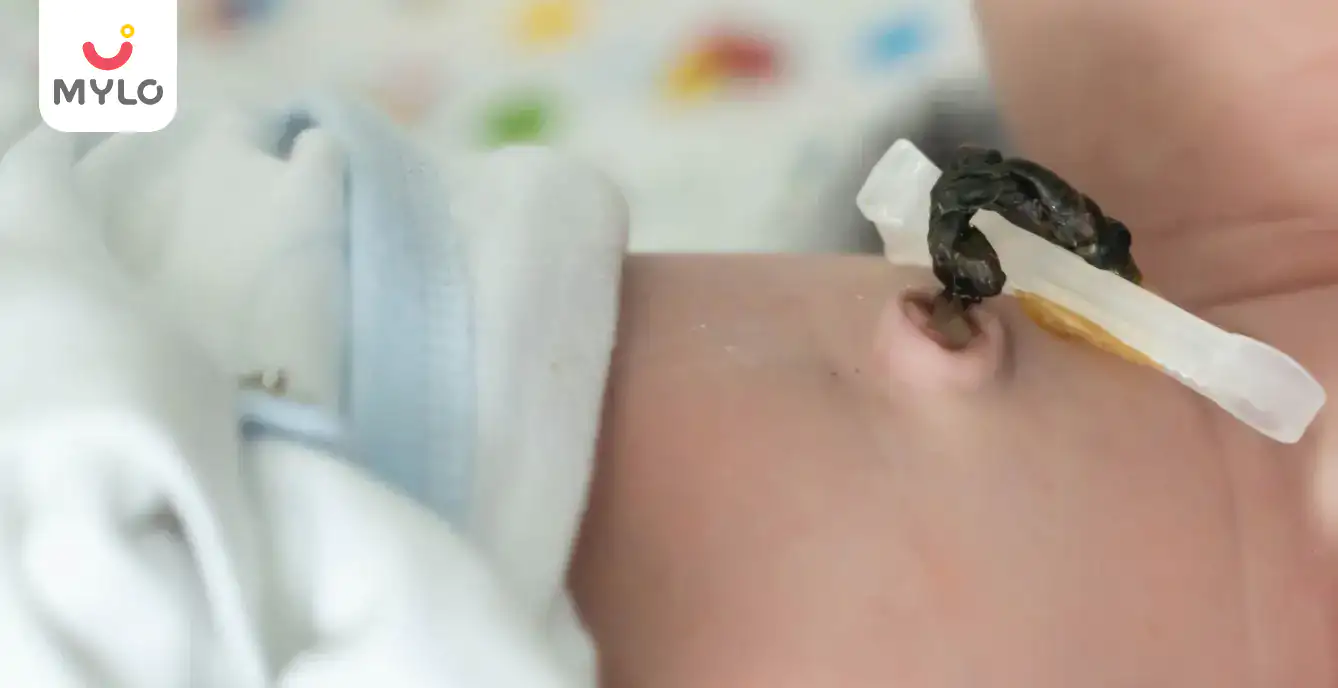
Care for Baby
Infected Umbilical Cord: Symptoms, Treatment And Prevention
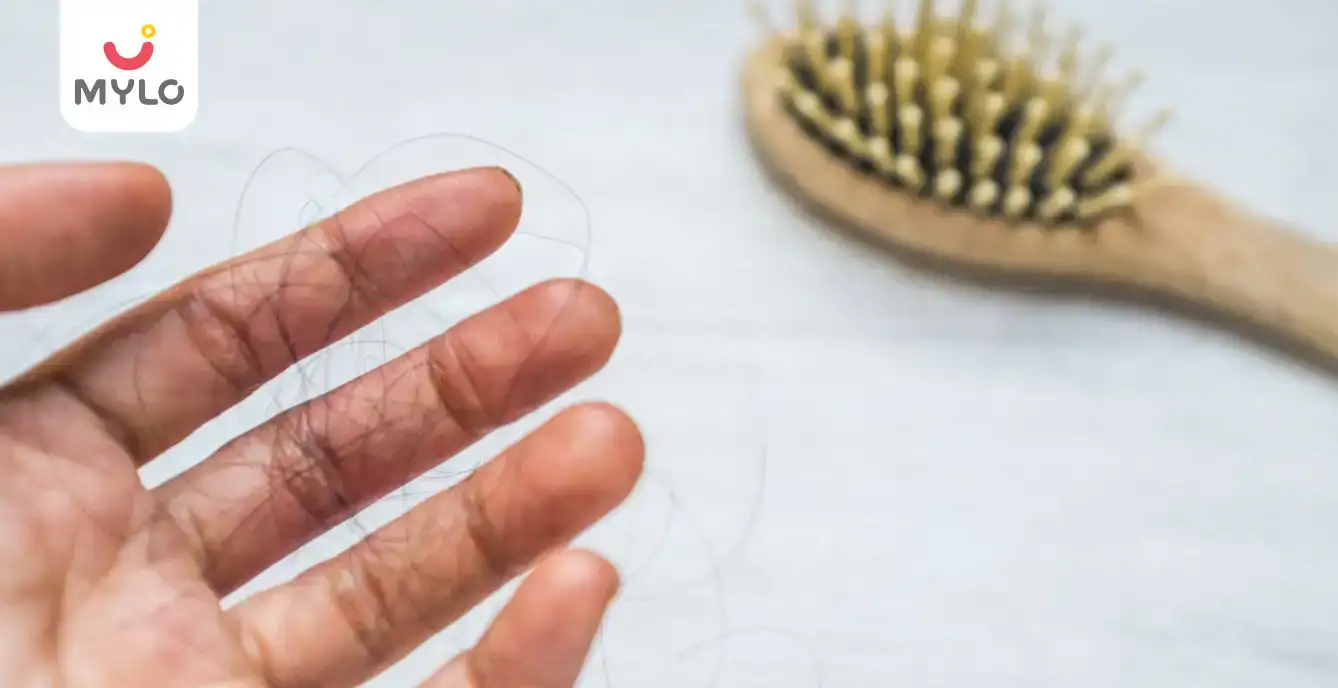
hair regime
Is Hair Fall Normal in Pregnancy

Illnesses & Infections
Syphilis: Symptoms, Causes, Risks & Treatment
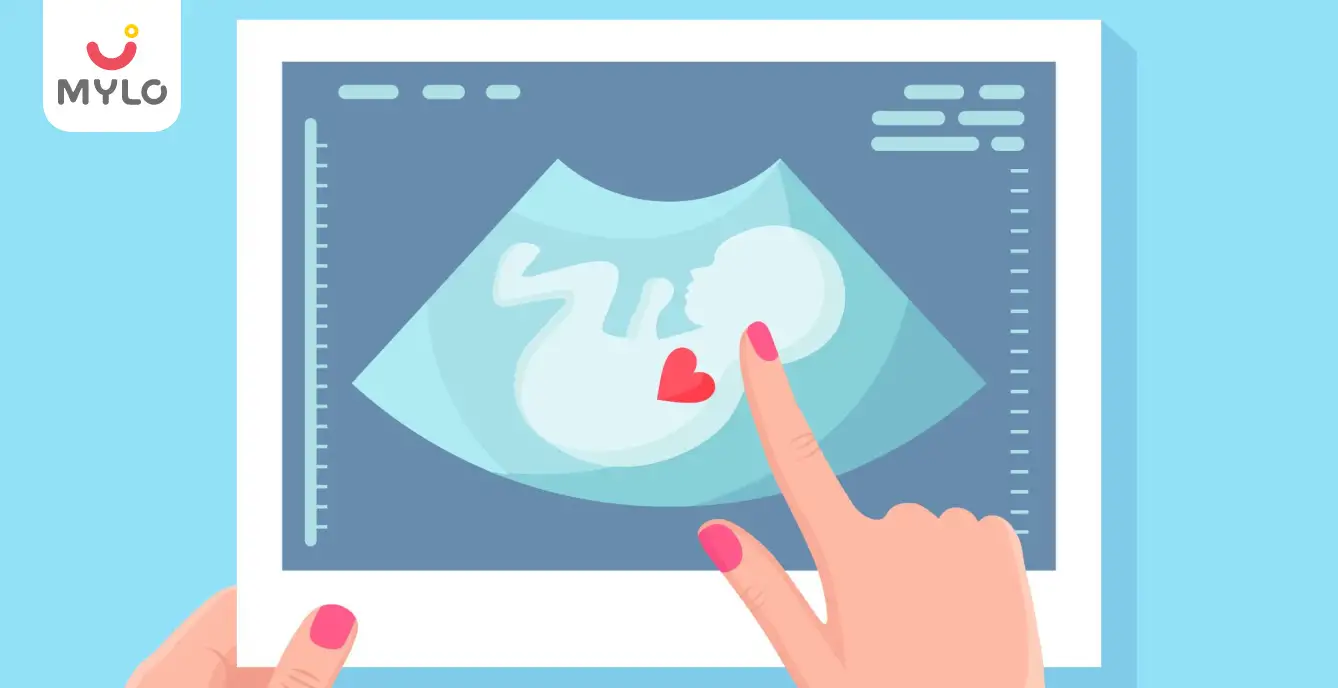
Scans & Tests
Congenital Heart Disease: Symptoms, Causes & Treatment
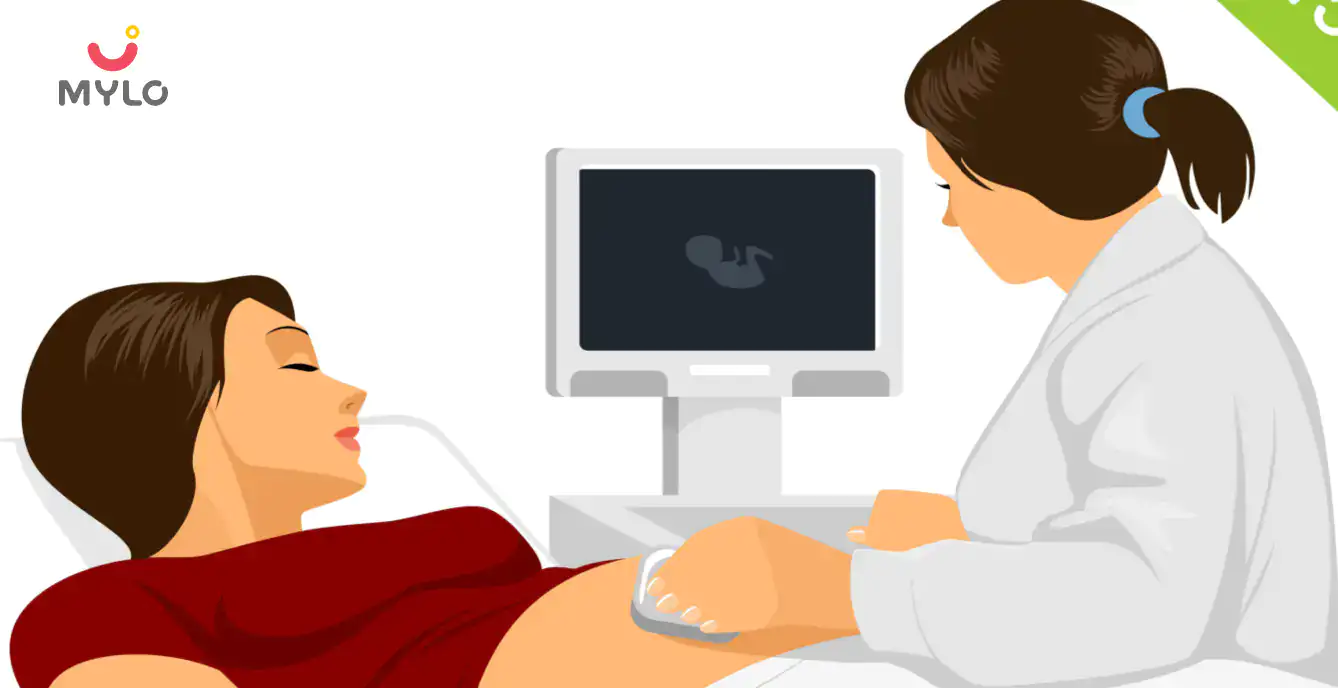
Scans & Tests
Fetal Echo Test in Pregnancy: A Diagnostic Tool for Detecting Heart Defects in the Womb

Symptoms & Illnesses
Bedwetting (Nocturnal Enuresis): Causes, Symptoms & Treatment
- Birthmark: Types, Causes, Risks & Treatment
- Behaviour Therapy: Benefits, Types & Techniques
- How Long Does Breast Milk Last at Room Temperature?
- Thrush: Causes, Symptoms, Treatment, and More
- Childhood Asthma: Symptoms, Causes & Treatment
- Reflux in Baby: Symptoms, Causes & Treatment
- Pre Eclampsia: Meaning, Causes & Symptoms
- Baby Diarrhea: Causes, Symptoms & Treatment
- Bronchiolitis: Causes, Symptoms & Treatment
- Pelvic Pain in Pregnancy: Symptoms & Treatment
- Saliva During Pregnancy: Causes & Prevention
- Effective Ways to Treat Jaundice in Children: Expert Tips for a Speedy Recovery
- 10 Best Original Movies to Watch on Netflix
- Flu, Change of Season or New Covid Variant, XBB.1.16- What’s Causing These Symptoms?


AWARDS AND RECOGNITION

Mylo wins Forbes D2C Disruptor award

Mylo wins The Economic Times Promising Brands 2022
AS SEEN IN
















- Mylo Care: Effective and science-backed personal care and wellness solutions for a joyful you.
- Mylo Baby: Science-backed, gentle and effective personal care & hygiene range for your little one.
- Mylo Community: Trusted and empathetic community of 10mn+ parents and experts.
Product Categories
baby carrier | baby soap | baby wipes | stretch marks cream | baby cream | baby shampoo | baby massage oil | baby hair oil | stretch marks oil | baby body wash | baby powder | baby lotion | diaper rash cream | newborn diapers | teether | baby kajal | baby diapers | cloth diapers |








